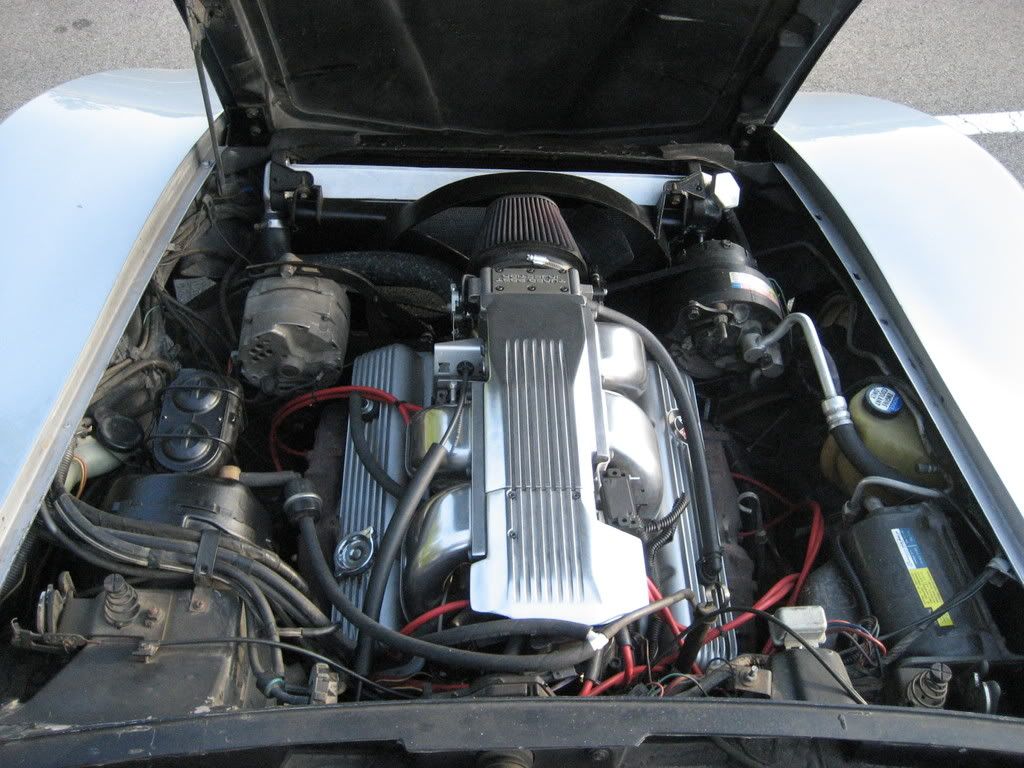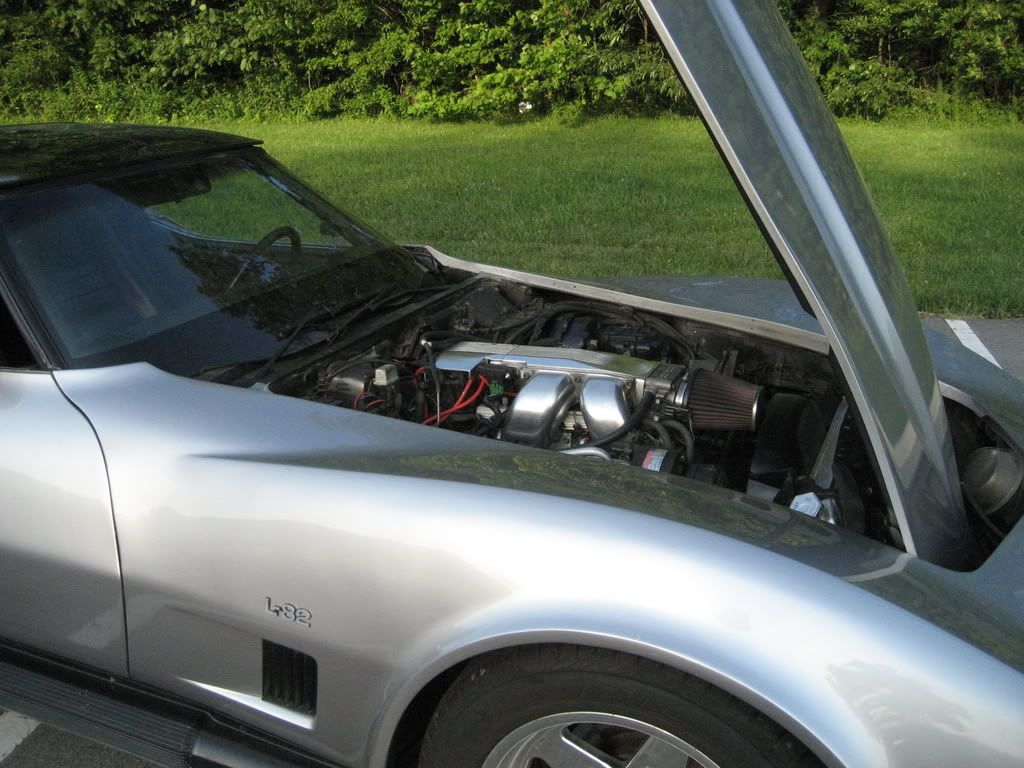I'm not sure I'd agree with the above.
First, if the car is to be kept original or is a restoration, then, obviously a copper/brass radiator is the best way to go.
However, if the car is modified and originality is not a concern but cooling performance is, then the only choice is an aluminum radiator.
There are a number of sources for modern aluminum replacements for C3 radiators. DeWitts is a good one but there are others who can match DeWitt's quality. I have a Griffin in my 71 and it's worked pretty well since I installed in in the late 1990s.
Vettehead Mikey's statement that "Everything else is a second-rate substitute." cannot be backed-up by fact. Again, DeWitts generally makes a good product, but there are others out there, too.
Lastly, before sinking serious money in to a replacement radiator, take heed of the suggestions above from "petes74ttop".









